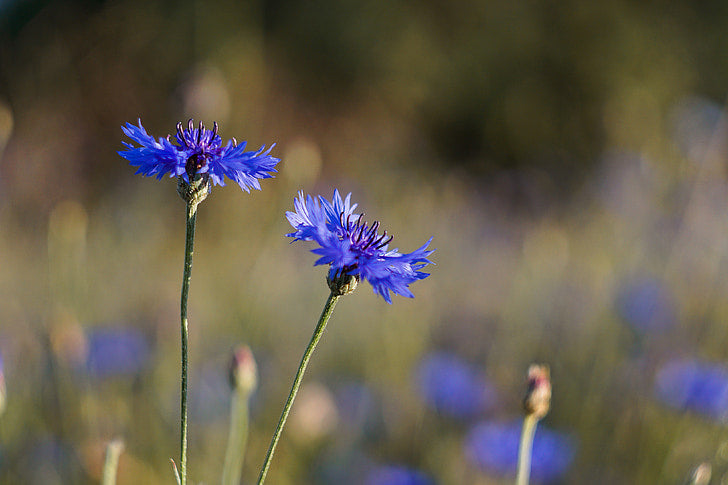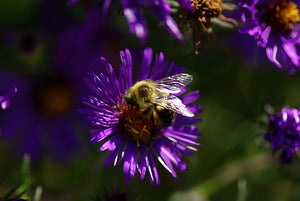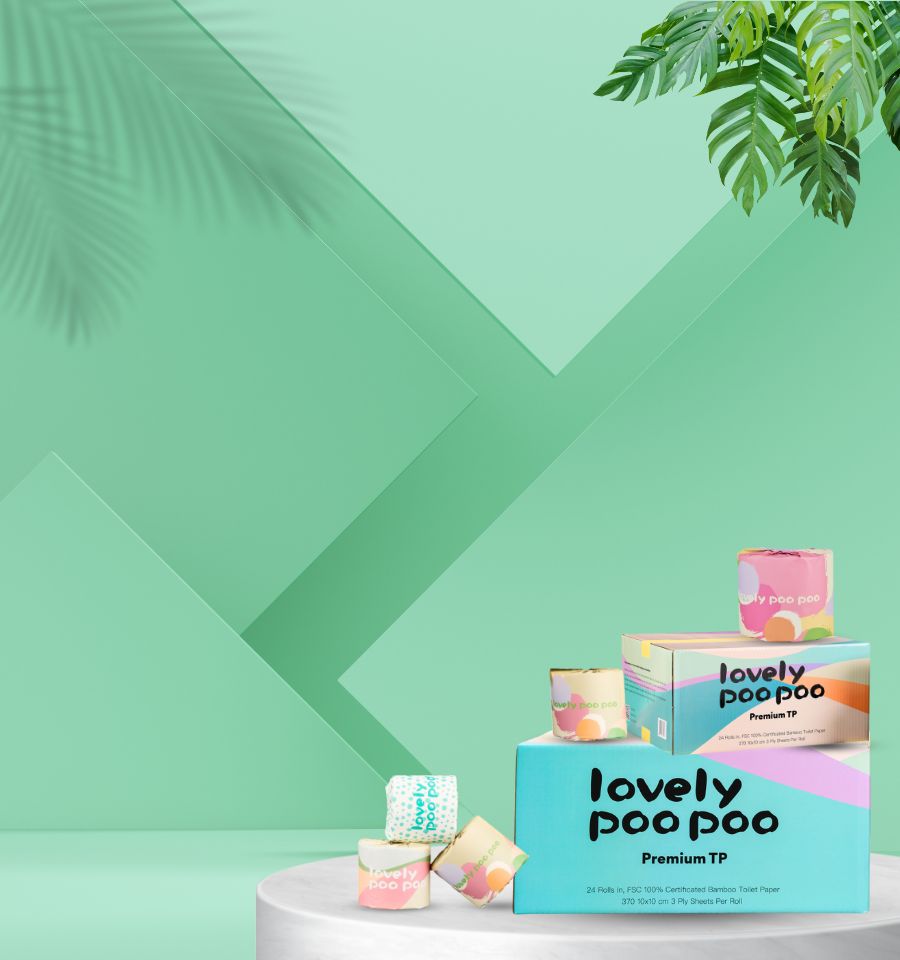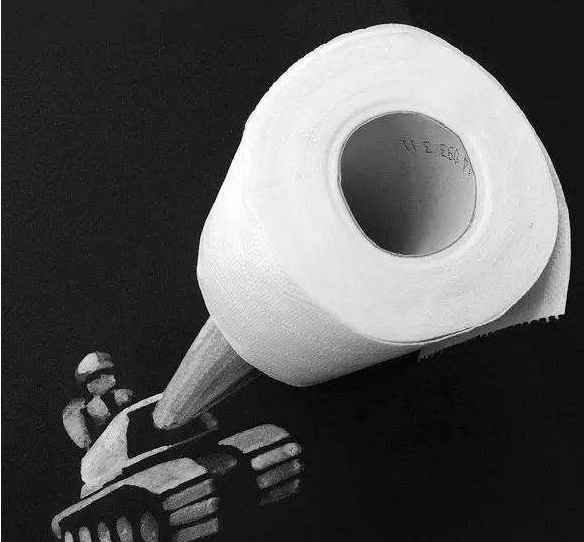In a world that's increasingly turning towards sustainable alternatives, bamboo toilet paper stands tall as an eco-conscious choice. Today, let's delve into the heart of our green commitment – the process of harvesting bamboo, a crucial step in crafting the environmentally friendly product that adorns your bathrooms.
The Symphony of Sustainability
Bamboo, a grass rather than a tree, boasts an astonishing growth rate. Some species can shoot up to 36 inches in a single day! This quick regeneration makes it an ideal renewable resource.
Unlike traditional hardwoods, bamboo thrives in diverse climates and doesn't require vast expanses of land. It can flourish in a variety of soils, making it a versatile and efficient crop.
The Dance of Harvesting
The process begins with selective harvesting, where only mature bamboo culms are chosen for cutting. This ensures that the plant's root system remains intact, allowing for quick and sustainable regrowth.
Harvesting bamboo involves a delicate balance. Skilled harvesters use sharp blades to make clean cuts, minimizing waste and maximizing the yield from each plant. It's an art form that respects the natural rhythm of the bamboo's life cycle.
Eco-Friendly Techniques
Bamboo grows naturally without the need for pesticides or fertilizers. This chemical-free cultivation ensures that the bamboo fibers used in our toilet paper remain pure and untainted by harmful substances.
Compared to traditional wood pulp, bamboo requires significantly less water for cultivation. This inherent efficiency contributes to the conservation of this precious resource, aligning with our commitment to sustainable practices.
From Harvest to Toilet Paper
Once harvested, the bamboo is transported to our manufacturing facilities using eco-friendly methods, reducing the overall carbon footprint associated with the production process.
The bamboo undergoes a meticulous process to extract its fibers, which are then converted into the soft and sturdy pulp used in our toilet paper. This step highlights the importance of resource efficiency in the creation of our environmentally conscious product.
Environmental Impact
Bamboo plays a crucial role in carbon sequestration. As it grows, it absorbs more carbon dioxide from the atmosphere compared to traditional trees. By choosing bamboo toilet paper, you actively contribute to the fight against climate change.
Bamboo forests support diverse ecosystems, providing habitats for various species. Preserving these ecosystems is not just about saving bamboo but fostering a rich tapestry of life interconnected with the environment.
So . . . .
In the journey from bamboo groves to your bathroom, every step reflects our commitment to sustainability. By choosing bamboo toilet paper, you're not just making a choice for comfort but contributing to a greener, healthier planet. Let's embrace the harmony of nature and continue to make choices that resonate with the symphony of sustainability. Together, we can make a difference—one roll at a time.
Read more:
- Sowing Seeds of Change: A Journey Through the History of the Environmental Movement
- Healing the Earth: Unraveling the Mysteries of Acid Rain
- A Breath of Fresh Air: Demystifying WMO's Global Climate Observing System (GCOS)







